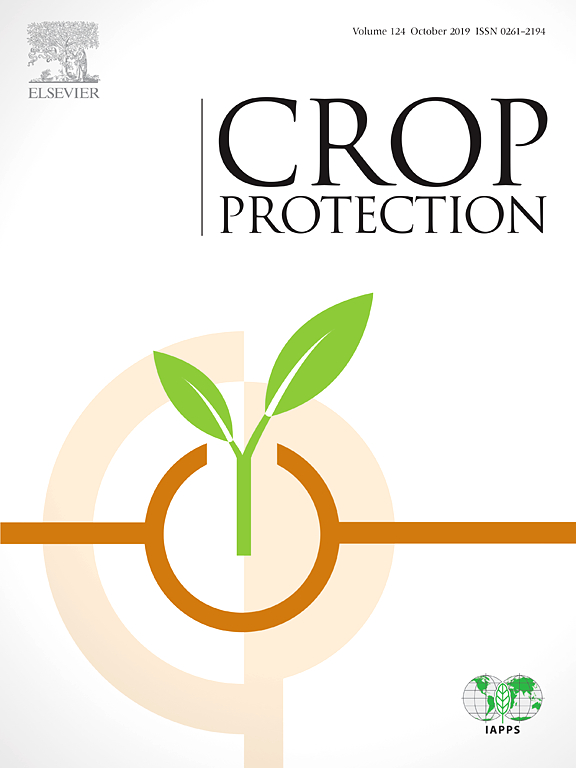Sweetpotato virus disease (SPVD) causes more than 90 percent yield decline, especially in areas with high disease pressure. In central Uganda region, Ejumula, an SPVD susceptible variety almost disappeared on farmers’ fields due to SPVD by fourth implementation year HarvestPlus project in 2010. In response, research-development partnerships conducted participatory validation trials to enable farmers appreciate the storage yield advantage of planting virus-tested material. Virus-tested cuttings, each 20-cm long of Ejumula and Kabode varieties were sourced from BioCrops private sector laboratory and planted at two sites in each of four different districts. In each district two farmers hosted the trial and at each site the trial was replicated three times for four successive seasons in 2013–2014. Pre-harvest data on SPVD at 42 days and harvest at 100 days after planting were collected. Virus-indexed planting material out yielded (15.0 tons/ha) farmers’ own material (2.7 tons/ha) and fourth season on-farm replanting (3.1 tons/ha), representing 82 and 79 percent root yield loss, respectively. Whereas SPVD scores increased with increase in number of cycles, storage root yield declined for both resistant and susceptible varieties. There was no significant (P ≤ 0.05) difference in both visual symptoms and storage root yield on initially virus-tested planting material and farmers’ own material after three successive seasons. Thus, recommendable to flush-out after two cycles.
Sweetpotato virus pathogen-tested planting material of susceptible varieties results in root yield increase in Uganda.
Citation: Namanda, S.; Mwanga, R.; Mukasa, S.; Talengera, D.; Musoke, C.; Kyalo, G.; Low, J.; Ssemakula, G.; Magezi, S.; Ball, A.M. 2019. Sweetpotato virus pathogen-tested planting material of susceptible varieties results in root yield increase in Uganda. Crop Protection. ISSN: 0261-2194. 124. 1-5 p.
2019-07-26
SEED SYSTEMS, SWEETPOTATO AGRI-FOOD SYSTEMS, SWEETPOTATOES
Africa
Uganda
journal_article

